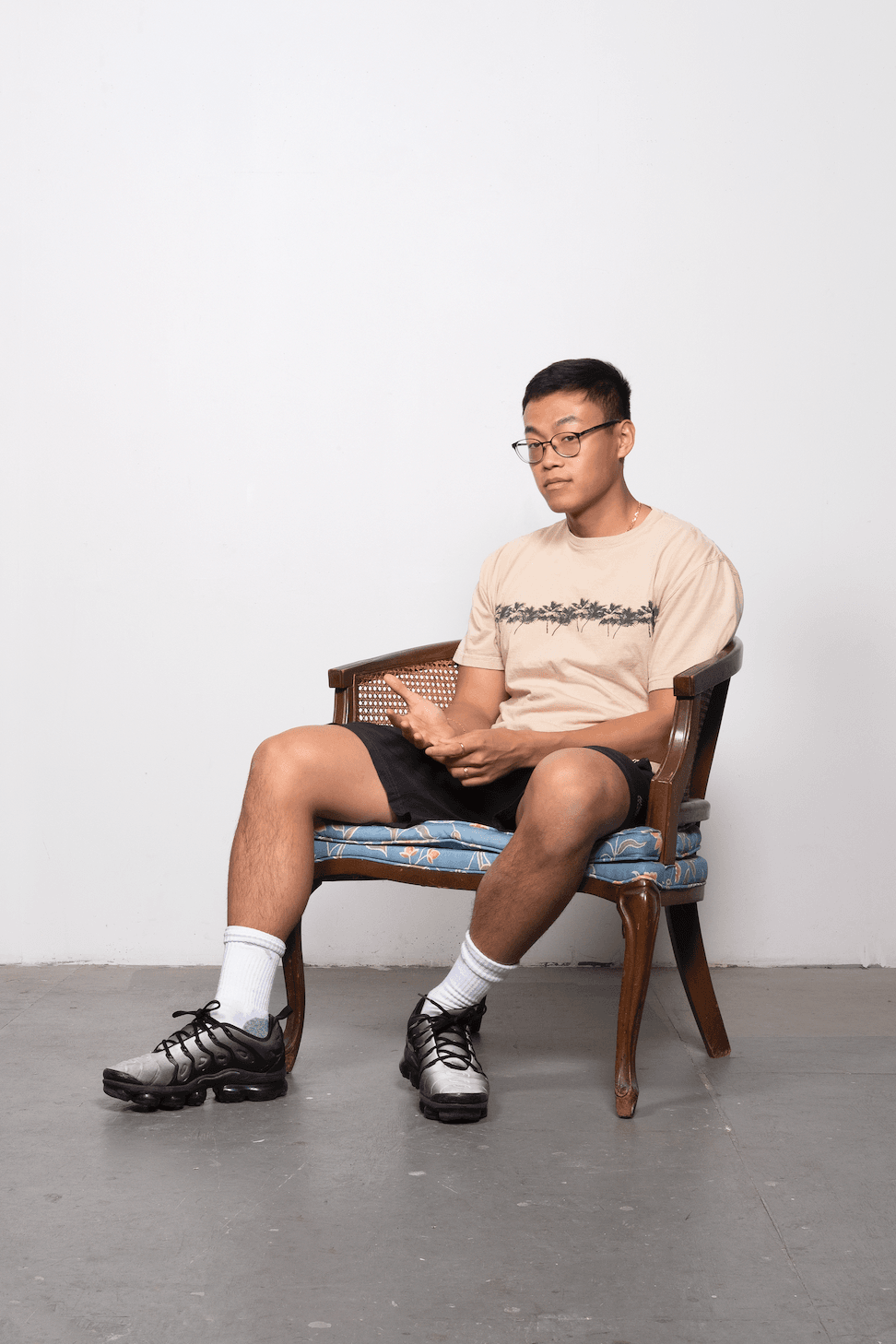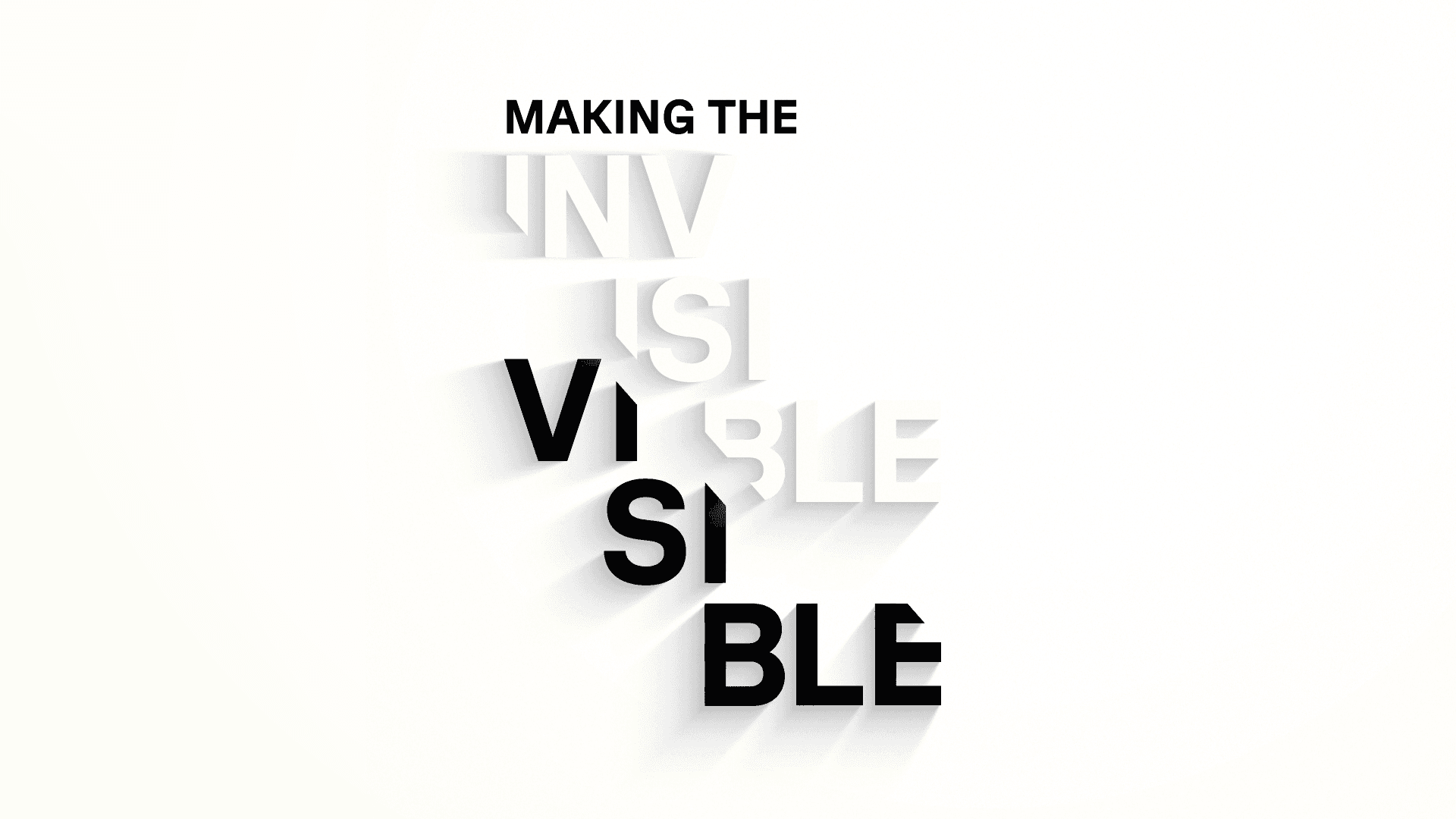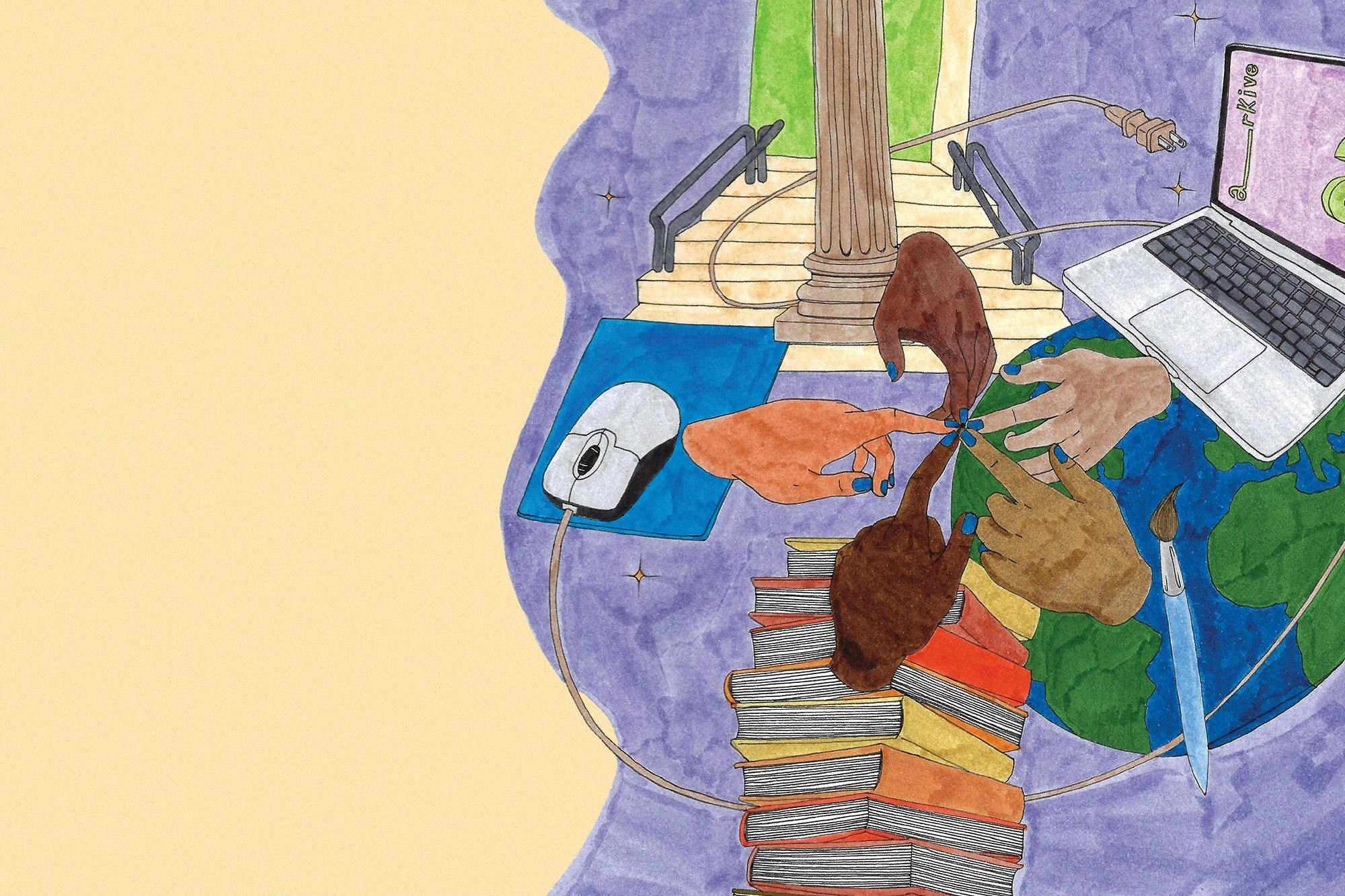Who We Are and Why We're Here
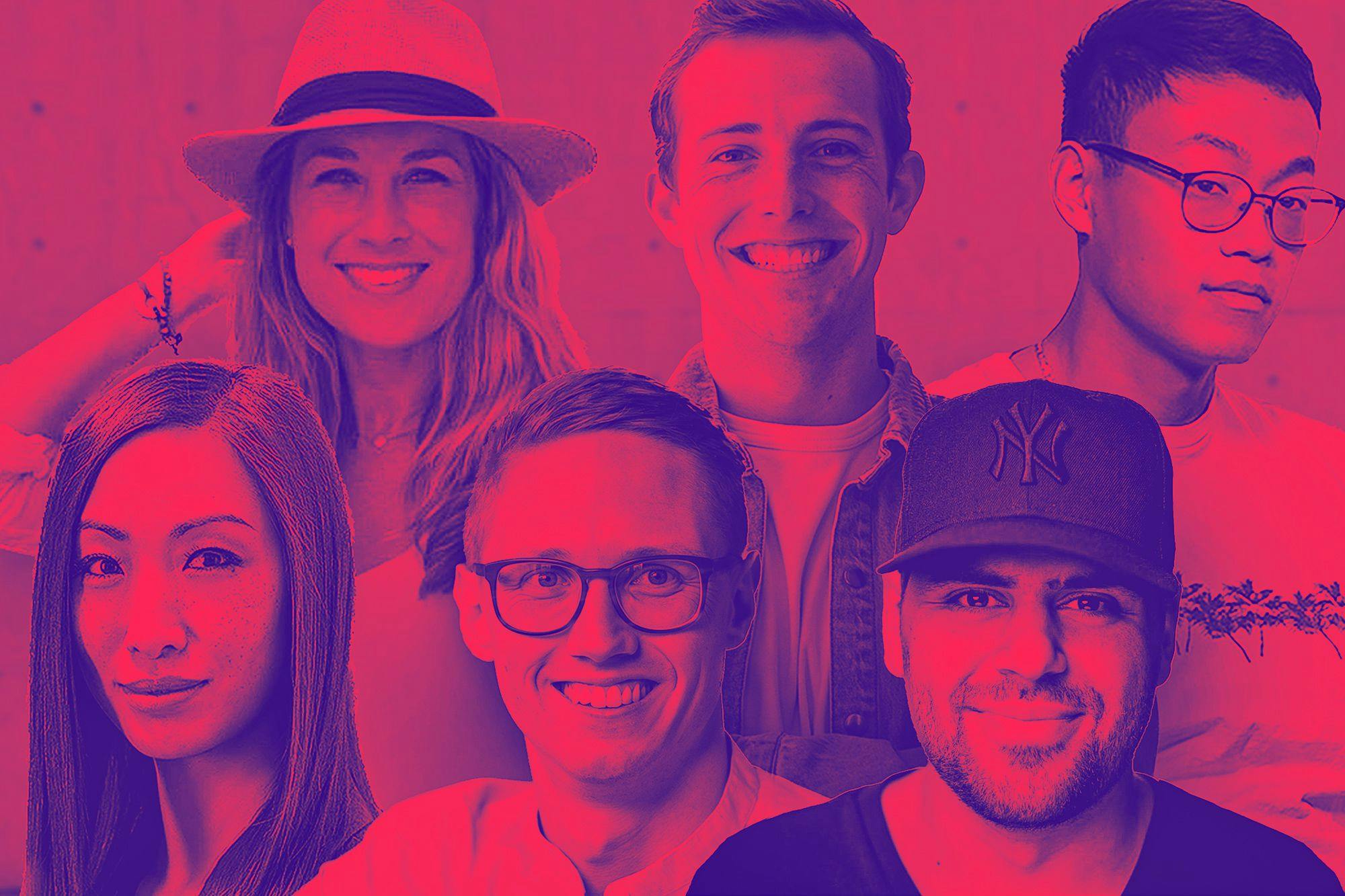

Simon Wu:
This conversation is intended to introduce each of you to our audience in a bit more detail, and to reflect on Arkive’s journey so far. I encourage you to be open with each other and, if you’d like, to ask questions. To start, let’s have each person briefly introduce themself: who you are, what you do for Arkive, where you’re based, and something about your background.
Aleksander Rendtslev:
I’m Aleksander Rendtslev. I am a co-founder here at Arkive and I’m responsible for product and strategy. But more than that, I work closely with the rest of the team to make everything come together. Product’s goal at Arkive is to enable our global community to come together and build a museum.
I’m currently based in Lisbon, Portugal. I was living in San Francisco but when COVID-19 arrived and the US implemented a year and-a-half-long travel ban, I was not allowed to re-enter and had to find a new home. I’ve grown to like it very much. It’s turned out to be quite advantageous for Arkive. It’s allowed us to hire amazing people, wherever they are. And we have a team that works around the clock without suffering from burnout.
My background is as a startup and product founder. I’ve founded two very successful startups before this, both of which are growing and doing well. My core strength has always been realizing a vision by making the path to it buildable. Arkive, more so than any of my past businesses, probably poses the biggest challenge in regard to bridging very different worlds. We’re trying to reinterpret museums, one of the oldest institutions in the world, by fundamentally changing how they are built and run. Technology powers that, and the challenge lies in making it seamlessly work with the people in our community.
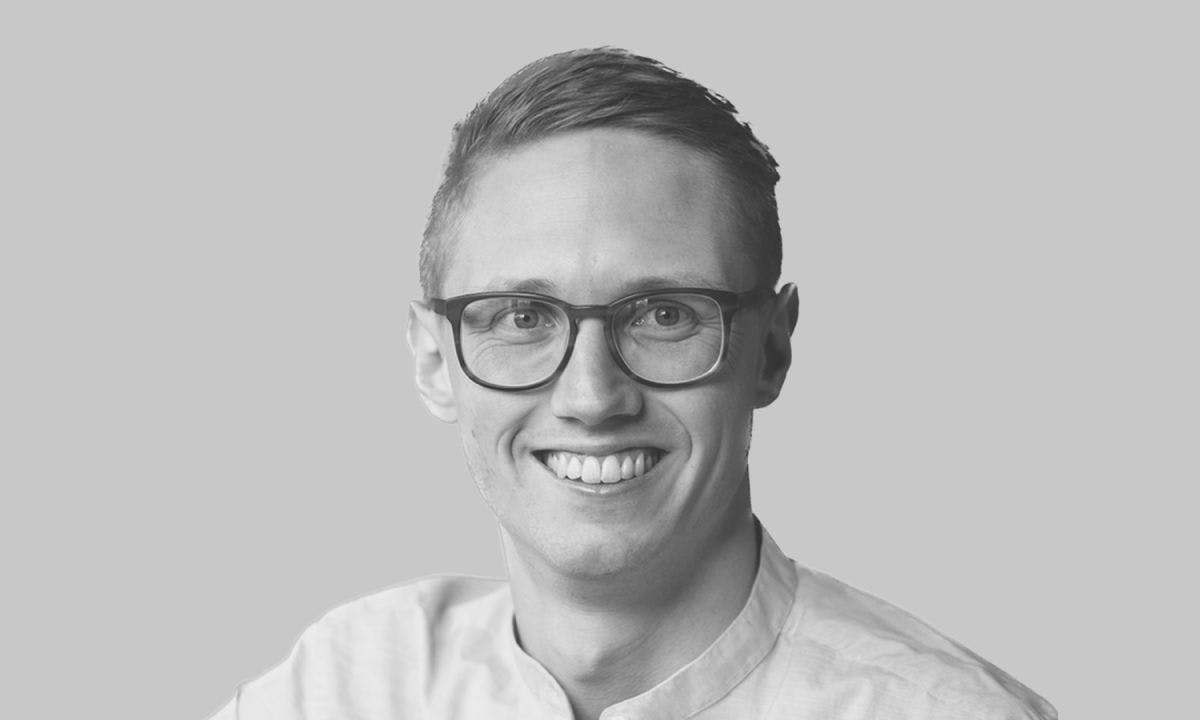
Aleksander Rendtslev
Emily Slade:
I’m Emily Slade. I’m Arkive’s Chief Community Officer and I’m based out of Los Angeles. My career is rooted in startups, all of which have also been community-led products with a strong social impact crossover. Arkive is no different, so clearly there’s a bit of a pattern going! In the day-to-day, I see myself as responsible for the engagement and growth of the community. This involves wearing a lot of hats, but, overall, my goal is to be in the service of our members, to bring together truly passionate and interesting people, and to create authentic moments for them to engage both with each other and with our collection. I believe strongly that when you bring smart, creative, kind people together, you can solve almost any problem.
A bit about my background. Before I got here, I co-founded and was COO of Valence, which was just acquired by Greenwood. Valence is a venture-backed tech platform and community focused on connecting Black professionals globally with mentorship, career opportunities, and capital to reduce the racial wealth gap.
Prior to Valence, I was the global head of growth/partnerships at Working Not Working, a platform connecting the world’s top creative talent with companies looking to hire them. WNW exited in 2021 and one of the things I’m most proud of building during my time there was a food recovery initiative called FoodFight, which was the first “DAO” I ever participated in. Of course, it wasn’t called that back then, but it definitely had the soul of a DAO—an amazingly talented, creative group of people coming together without any consolidated funding to solve local civic issues through art and tech. And it worked, which was so cool to see!
I also contributed to the $1B IPO and sale of Active Network during my 7 year tenure there. That’s where I started my side hustle photography work, which has taken me around the world from Egypt to South America to Sub-Saharan Africa, and even included a stint as the first female game day photographer for the Chargers. I’m also working with Straight Up Films to co-produce the feature film, Man’s Search For Meaning, based on the iconic memoir by Viktor Frankl.

Emily Slade
Jordan Topoleski:
I’m Jordan Topoleski. I’m one of the co-founders here at Arkive and I’m based mostly out of San Francisco. My background has been a bit more on the tech side, but by way of studying the history of science—particularly the history of information, technology, and society, and how the three are intertwined.
Thinking through how mediums of information are changing the way humans communicate with one another was my introduction to blockchain technology. For a while, I worked on a technology development company that partnered with different startups to build out their product and grow their organization. After selling that, I worked on a startup at the intersection of gaming and fintech. A lot of my focus was on user engagement—how to create game loops that encourage participation. And that brought me to Arkive, which felt like this perfect genesis of many of my biggest questions and interests. We asked, how do we shape the future by saving the past? And now, how do we do so with interesting means of democratizing technology, such as blockchain and Web3?

Jordan Topoleski
Kelly Huang:
I’m Kelly Huang and I work on Arkive’s collection strategy. I help guide Arkive in navigating the industries of art and culture, finding ways in which we can operate within preexisting frameworks or expand them. I also contribute to shaping the curatorial vision while leveraging my connections in the art world to access the opportunities and works that are most relevant to our membership.
I’m based in San Francisco and have dedicated 15+ years of my career to building community and making the art world more accessible. Arkive’s mission fits well into what I do and have done in a range of other roles: as a curator, writer, gallerist and, most recently, a contemporary art advisor, helping private collectors build and manage their collections.
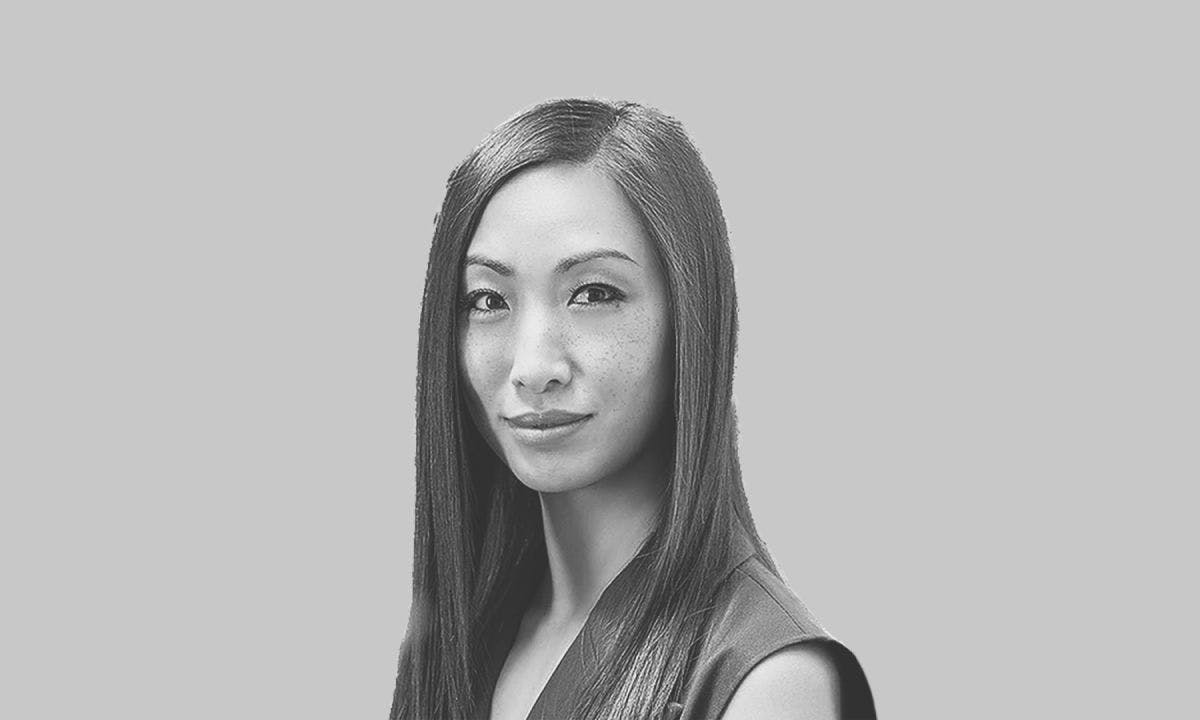
Kelly Huang
Thomas McLeod:
Hey everybody, I’m Tom McLeod. I’m the son of two teachers and originally from New Jersey.
I have a degree in audio engineering with a minor in computer science. I started my first company shortly after I graduated from college. It was a content management system called Pagelime that came out of my work with a small recording imprint that I also founded. We worked with emerging artists to help them do custom media packages with other newly-relevant services for a music career, such as website design, headshots, and CD duplication, etc. This quickly outpaced the music side, so we started building websites for other people who needed them—think bakeries, law firms, and restaurants.
Somewhere in the middle of 2011, we moved the company and ourselves to San Francisco, primarily to try selling apps. Over the next three years we launched 17 iPhone apps, 11 of which failed miserably. There were some highlights, though. We had the number two photography app in the world for a bit and it was called Frametastic. Then, in 2013, my co-founder had an idea for a simple chat app that would connect gamers when they weren’t near their computers. We ended up becoming the largest companion app to League of Legends in 2014, which at the time was also the biggest game in the world. Riot actually tried to build an internal competitor app but no one wanted to use it, not even their own employees, so they decided to get the company that owned them, Tencent, to acquire us. We took the deal, but neither my cofounder nor I stayed on after that.
Following all of that, I started a company called Omni, the idea for which I got while I was moving. I had all this stuff in storage but didn’t know what was there. So the concept was—what if we used the Cloud to create transparency and organization around physical storage? Not only could you keep and manage your own stuff, but you could start to share, rent, and sell your belongings as well. We grew this to multiple cities and hundreds of thousands of items, but it was consistently challenging from an operations and scaling perspective, and in 2019 we exited the company to Coinbase.
Fast forward to the pandemic and I found myself thinking—what’s next? I wasn’t sure I ever wanted to build anything again. But then I started watching the rise of individuals buying digital art while fractionalizing the value in unique communities and I thought, “What if we apply some of these strategies to physical items, on chain, and with community curation?” That was the seed that brings us to all the wonderful people in this conversation today.
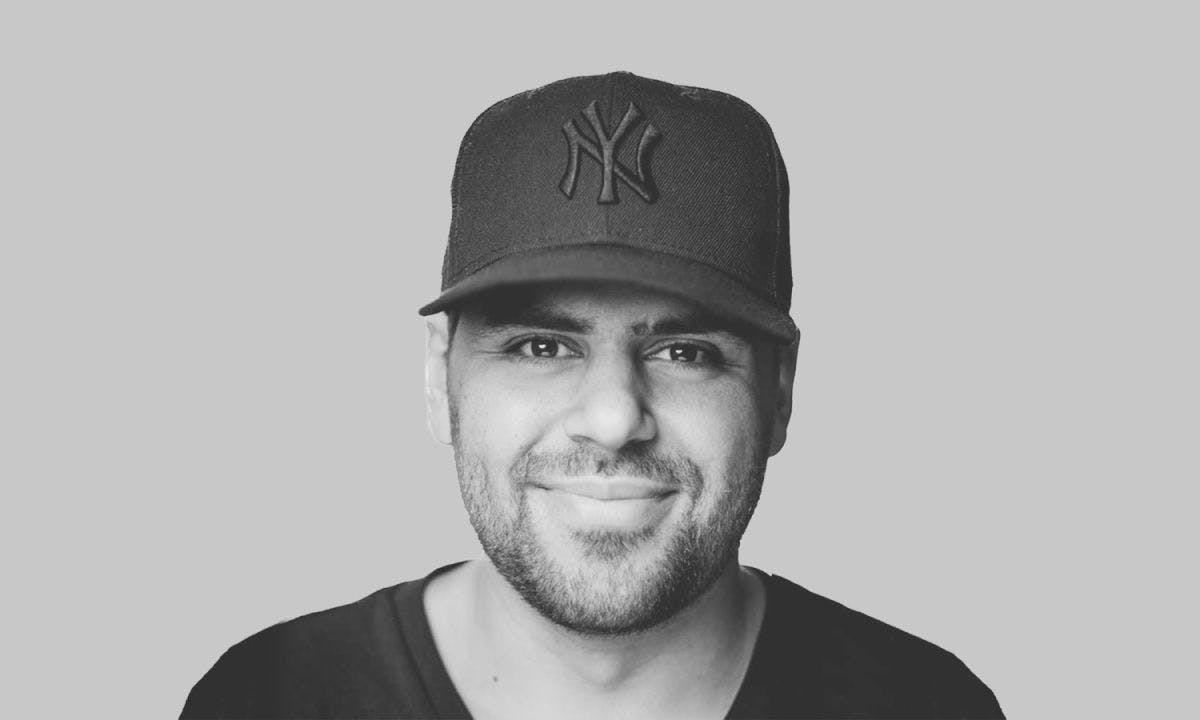
Tom McLeod
Simon Wu:
I want to ask about the role art and culture play in your own lives. Could you each share a bit about your first significant museum experience and what about it stayed in your memory?
Aleksander Rendtslev:
I’ll take a little bit of liberty here and mention two. First, I grew up in an art gallery because my mom was a curator who had her own space as well. That was where I learned to interpret art in my own way, and to understand that not everything means something to everyone. My second formative experience speaks more to my tech background, because although it was in a museum, the museum was not for art. It was the Natural History Museum in the city where I’m from in Denmark, which manages to tightly integrate modern technology into the entire experience. The whole museum is the exhibition. That showed me, even if in a rudimentary way, the importance of context and framing, as opposed to, say, a white wall.
Emily Slade:
What comes to mind is my first time traveling through Europe with my now-husband, then-boyfriend. We were on a three-month backpacking trip and ended up going far out of our way to visit the Guggenheim in Bilbao to see Richard Serra’s The Matter of Time. It was the first time I’d ever experienced anything of that scale inside a museum and it blew my mind. I think the reward was accentuated by how much effort we’d put into getting there—we even slept in the train station. It was a memorable adventure.
Jordan Topoleski:
I grew up in Toledo, Ohio, which is an interesting place because, though it’s maybe not a well-known destination, it’s a big investor in public infrastructure. My mom was a preschool teacher and my dad was a public librarian and we lived just outside of the city. Because my mom had summers off, every Wednesday she would take us downtown to the library, where we’d attend Brown Bag Lunches. A local jazz band would play on the lawn and everyone would come together, listen, and eat lunch. My dad would take his break and my whole family got to share this experience before heading down the street to the Toledo Museum of Art—an amazing institution always incubating interesting projects. It was started with a large donation in the early 1900s by Edward Drummond Libbey, the father of the glass industry in Toledo. In fact, Toledo is still called the Glass City today, in a testament to his legacy.
When I was a kid, I didn’t love going to the museum, but when I was about 14 or 15 years old, that changed when they put on an exhibition by Japanese textile artist Toshiko Horiuchi (now Toshiko MacAdam) called “Harmonic Motion.” It was an immersive installation of yarn that hung from the ceiling and that I could climb onto. Prior to that, I had only encountered art that hung on a wall. This was the first time I truly loved an exhibition because it changed my conception of what art could be and made me start thinking about art in different ways.
Kelly Huang:
Unlike most people who work in the art world, I didn’t grow up with art. I grew up in the suburbs of Indianapolis and didn’t have many opportunities to see or engage with it. I was always interested in visual culture and that’s what I ended up studying in college, but it wasn’t until I moved to DC in my early 20s that I fell in love with contemporary art. I was visiting places like the Hirshhorn Museum and Sculpture Garden and taking the train to New York to discover galleries in Chelsea and museums like the MoMA and Whitney. This opened my eyes to ideas and perspectives that shifted my career trajectory. I’ve always had a hard time when people ask me what my hobbies are outside of work because my work and life are so intertwined, in the best way possible. I love what I do because I get to engage with art and artists and an array of different people who are passionate about ideas. My life is infinitely more interesting and fun because I work in this field.
The museum experience that I’ll always remember, and that I think is most relevant to my work here at Arkive, was visiting the main exhibition at dOCUMENTA (13) in Kassel, Germany, when it was curated by Carolyn Christov-Bakargiev. She placed historical and cultural artifacts alongside artworks to show the connections between the works and the larger contexts that were on her mind while she was curating. It was art, it was history, but it was presented in a contemporary way that helped both make sense, yet did not prioritize one over the other. She built a narrative scaffolding so that the show could take you on a journey.
Thomas McLeod:
I have two. The first—the Temple of Dendur at the Metropolitan Museum of Art—I actually have doodles of in old notebooks from my childhood. I liked it so much that I went home and drew it. I remember thinking it was the coolest room in the world. It didn’t look like a mall, nor did it look like a 7-Eleven parking lot, which were two things I grew up seeing in New Jersey.
The other moment I remember must be from 1992 or 1993, when AT&T had something called the InfoQuest Center, which was a sort of roving technology museum in New York where they showcased cutting edge innovations in computing and telecommunications. They gave me a magnetic credit card with my name on it, and I think that experience legitimately sparked my love for technology. Those are my two bookends. Very different yet both happened on random trips to New York.
Simon Wu:
Arkive is uniquely positioned between Web3 and traditional arts institutions. At the moment, Web3 is changing how we interact with the Internet, but art institutions are also going through their own reckoning. What, if anything, do you feel these spaces have to learn from each other, and what have you garnered from bringing them together?
Aleksander Rendtslev:
I don’t want to speak on what the art world can learn from Web3. I think we talked about that a lot in the beginning of this company. But I would love to talk about what Web3 can learn from the art world. I think that’s the perspective that is least considered in our space, which can sometimes feel a bit like the Wild West—an abundance of opportunity for experimentation but accompanied by some degree of chaos.
I think it’s important to respect the expertise and processes that have been developed in the past, even when building a new type of company, and especially when it comes to our curatorial perspective. I don’t think it’s beneficial to position ourselves in opposition to the existing museum world, but rather as something more. Web3 provides a unique infrastructure that will enable us to do things that were not possible in the past, for reasons related both to coordination and to incentives. How do you reward people for participation? This is a political question as well. Now, with Web3, we can create communication and governance structures that align with incentive structures.
Kelly Huang:
In any business, whether it’s a traditional arts institution or a startup like this, the quality of what’s being built comes down to the people who are involved, and whether the right intentions and values are shared around the product. Sometimes I don’t like to use the word “product” because I feel that what we’re providing through Arkive is more like a service. We’re allowing voices to be heard, and that starts with people like Emily, who are so invested in growing our community but also making sure the right people are part of it.
Through Web3, I think we have a special opportunity to build something from the ground up in a way that is led by our community. With a startup, things happen at a much faster pace than at a traditional institution and with that there’s an acceptance of rapid change. But I also think the world of Web3 can stand to learn the value of slowing down. Our technology-driven culture sometimes leads to a desire for instant ease and gratification, but art challenges us to slow down and ask questions.
At the same time, as Simon said, many arts institutions are facing a reckoning around how narrowly the narrative of art history has been told through major exhibitions and collections. Though a lot of work has been done to fill in the gaps and hire different people, effecting change is very hard and slow work, especially for large and historical institutions. At Arkive, by starting fresh with a different model, I think we have a massive opportunity to create the kind of institution that people really want.
Jordan Topoleski:
I’d like to add to Aleks’s point, because often new technological movements come with the attitude that everything that accompanies them must therefore also be new. You can choose to understand history and take a different approach, but you can’t choose to ignore the past. I think this can be a shortcoming within the crypto movement. Sure, crypto has nailed some things—like thinking through new methods of redistribution, democratization, and participation, often with financial incentives—but it has yet to truly ground itself in the real world.
The attitude so far has been focused on taking a separate path that involves redefining reality and what has meaning in society. But, if we ask how this technology will actually go mainstream, that will require it to ground itself in a preexisting reality that operates within systems of credibility, prestige, and the stability that comes with it. I think it’s interesting when crypto addresses and interacts with the real world, and with Arkive we have a chance to harness the best of both worlds.
Simon Wu:
Arkive is a DAO—a decentralized autonomous organization—which is an organizing structure motivated by a philosophy around redistribution. What does redistribution mean to you?
Kelly Huang:
A recognition that there are tens of thousands of people who have the passion, the knowledge, and the interest to engage around ideas of aesthetics. Those people might not work in the fields of art and culture, but that doesn’t mean they don’t have valuable and valid perspectives to share and contribute to a larger dialogue. I think Arkive gives everyone involved a chance to be heard. Discord, for example, is a place where dialogue itself is redistributed and opened. I’ve been so impressed by how thoughtfully our community has engaged with one another.
Aleksander Rendtslev:
To me, DAOs in general are not necessarily just about redistribution, though that is a component. Web3 is also about input and infrastructure. The ability to bring a lot of people together, as I was saying before, in a way that was not previously possible, reduces many kinds of friction, in our case around curation and collecting.
Of course, DAOs are not the first attempts at creating cooperatives or community-based models, but what’s been missing in the past is an effective way of distributing incentives, and that is something that this technology allows for. In order to successfully do this, redistribution will mean effectively and tangibly rewarding participation and effort. I think it is sometimes misunderstood that the perfect redistribution would mean that everyone is equal. Redistribution, to me, is more about a model of equity, in which distribution is allocated according to new and improved logics. We still have tremendous respect for training and expertise, and for what it means to dedicate your life to learning about something. What Arkive provides that existing institutions don’t is a pathway for someone like me to participate in a conversation about art, and to further educate myself to grow in that interest. What I’m saying is that I don’t think everyone’s voice should carry equal weight in the conversation, but I do think that everyone should be able to join it, and to increase their influence if they’re willing to dedicate themselves to it. Arkive is one example, but I believe we’ll see many more across the board.
Emily Slade:
I think it boils down to accessibility and ownership. Those two things have never mattered more than now. When I first reconnected with Tom last year to talk about joining Arkive, I was coming from the startup I co-founded, Valence, which I mentioned earlier, and for several years had been grappling with ideas around media, truth, and collective narratives about what constitutes history, how history has been written, and what has been left out. It’s so powerful to be able to say that these are the stories that were told before, but now we are going to change what we want to remember and indelibly etch new truths and perspectives into our shared understanding of who we are. At Arkive, we have a chance to help shift the way these narratives are created and recorded, and to make sure that the future is told in a way that aligns with how people are living today. We have a real responsibility to ensure that historically underrepresented groups are included in the way we document our experiences moving forward.
Simon Wu:
While most other museums, at least in the US, have the structure of a 501c3 nonprofit, Arkive has adopted that of a commercial venture. The reckoning in arts institutions we spoke of also deals with a questioning of the nonprofit industrial complex and the ways that museums are funded. One way forward is to reject this orthodoxy around what is for profit and what is not, and to recognize that profit is always intertwined in some way. How does Arkive’s economic model—which is also in a way cultural and philosophical—contribute to its larger mission?
Thomas McLeod:
The pattern in existing DAOs and Web3 projects has largely been to tie everything together under one core token so that your membership, voting, governance, access, participation, community, and theoretical financial upsides are all locked into that one thing. Naturally, this creates a lot of nuanced conflicts of interest as you try to scale, or when you’re figuring out who you do or don’t want to participate.
We’ve been thoughtful about this from the start, by separating financialization from community access perks, voting, and governance. This produces some immediate upstream benefits and clarity around existing regulatory structures and securitization. It also means that when you choose to be here, you’re here for relatively aligned reasons. I assume that if and when people choose to leave Arkive membership in the future, it will be because they decide this isn’t a place they want to spend time, energy, resources, and brain power anymore, for whatever personal reason, but it won’t be because they got in to make a quick buck and now they’re getting out. This also makes our membership somewhat self-selecting in terms of interests and priorities. I think, then, that the bifurcation out into the potential financialization of any of the assets, for example, will be aligned with the values of our community. If our community’s goals are long-term holding, cultural preservation, and putting things out in the world for maximum experience, then we are already in a position where even the economic system is tied to folks who may or may not be participating in the financial upside.
Think of it like a checks and balances system on intentions. To me, this is a marked improvement on the way largely everything has worked prior, which was either by exploiting the community for its resources or expecting the community to exploit it for the resources it has generated. In our case, the separation feels like a genesis difference, like removing the original sin at the formation of the DAO.
Simon Wu:
It’s been one year since Arkive began and I’m wondering if, to close, you’d like to reflect on this process and what has changed about the project since you started?
Thomas McLeod:
We’ve refined the vision a lot, especially around execution, and a lot of that is because of the people here coming together. The idea of a museum on chain could be interpreted hundreds of ways with varying degrees of possible efficacy, but I think we’ve threaded the needle through the one that seems to be the most promising, both in relation to long-term cultural significance and potentially financialization, all while aligning itself with existing infrastructures in a way that is not completely antagonistic. I couldn’t have done that alone.
Aleksander Rendtslev:
Arkive is more than the sum of its parts. It’s one thing to have a lofty idea but it’s another to bring it down to earth. Something might sound simple as a concept but the complexity reveals itself as you start to chart a path to realize it. My engineering background probably makes me realize that quicker than most. At first this sounded like another one of Tom’s crazy ideas. How would we ever do this? The answer was, together. Not just the two of us, but with everyone here. It wasn’t till we were all in the same room that the path started to reveal itself. We all started to believe: we are going to build a decentralized museum curated by the people. That’s the product of the passion of our team and everyone in our community who has joined us on this mission.
Jordan Topoleski:
I personally have never worked on a project that was so community-centric. At the beginning, we thought that part would come later down the road, but it’s been amazing to see it unfold organically and even become our superpower. It’s incredibly difficult to build an organization that’s functionally aligned with its mission, but I think we’ve managed to bring together an inspirational group of people who speak to the power of what happens when you do.
Emily Slade:
I think that our distinguishing characteristic has been passion that moves to action. We’ve come so far in terms of vision and execution, and our community members are invested in putting themselves forward to help shape and build what this is becoming. It’s so exciting to help get people involved in something and then to watch them become more and more inspired, active, and grounded in conviction in the worth of this work.
Kelly Huang:
You’ve all said exactly what I wanted to articulate, and I also want to add that I think it would have been easy, or easier, to go the speculative route with Arkive, especially given that we started in crypto. I’m proud to be part of a team that decided to take what may have been a harder path by choosing to support artists and challenge how history is made.
Simon Wu:
Real last question: what are your wildest dreams for Arkive?
Aleksander Rendtslev:
It’s important to me that Arkive has the potential to be a truly global museum, diverse in its locations, membership, and curatorial approach. How can we prove that this alternative model can work, not just in the art world, but in the culture industries more generally? I feel like we have the opportunity to help lead the way into a new frontier, and pave the road for other communities in the space. I want Arkive to be present everywhere.
Emily Slade:
To build a global community with a truly diverse and compelling view of culture and history—one that honors distinction and difference, but is also unified by the many points of connection we share as human beings.
Jordan Topoleski:
I love art because I think of it as a mode of storytelling. I think we’re tapping into that at Arkive by layering in two big power-ups—access and participation. To me, the end state of Arkive is an interface for interpreting the world through the collective storytelling of our collection, with many more perspectives and voices than what was previously possible.
Thomas McLeod:
Can we create a legacy? If so, there’ll be a moment when it stops being us acquiring interesting or prestigious things, and consequently being validated by existing institutions and structures, and becomes us helping to define relevance through placement in our collection and community. The option to experience these objects in real life will have its own impact in demonstrating that what we are doing, and who we are working with, is worthy of conversation and on par with any other existing legacy institution. That would be my ultimate goal. It will be immensely challenging, but there is an authentic throughline in our intent and execution that could lead us there. I’m hyper focused on that.
